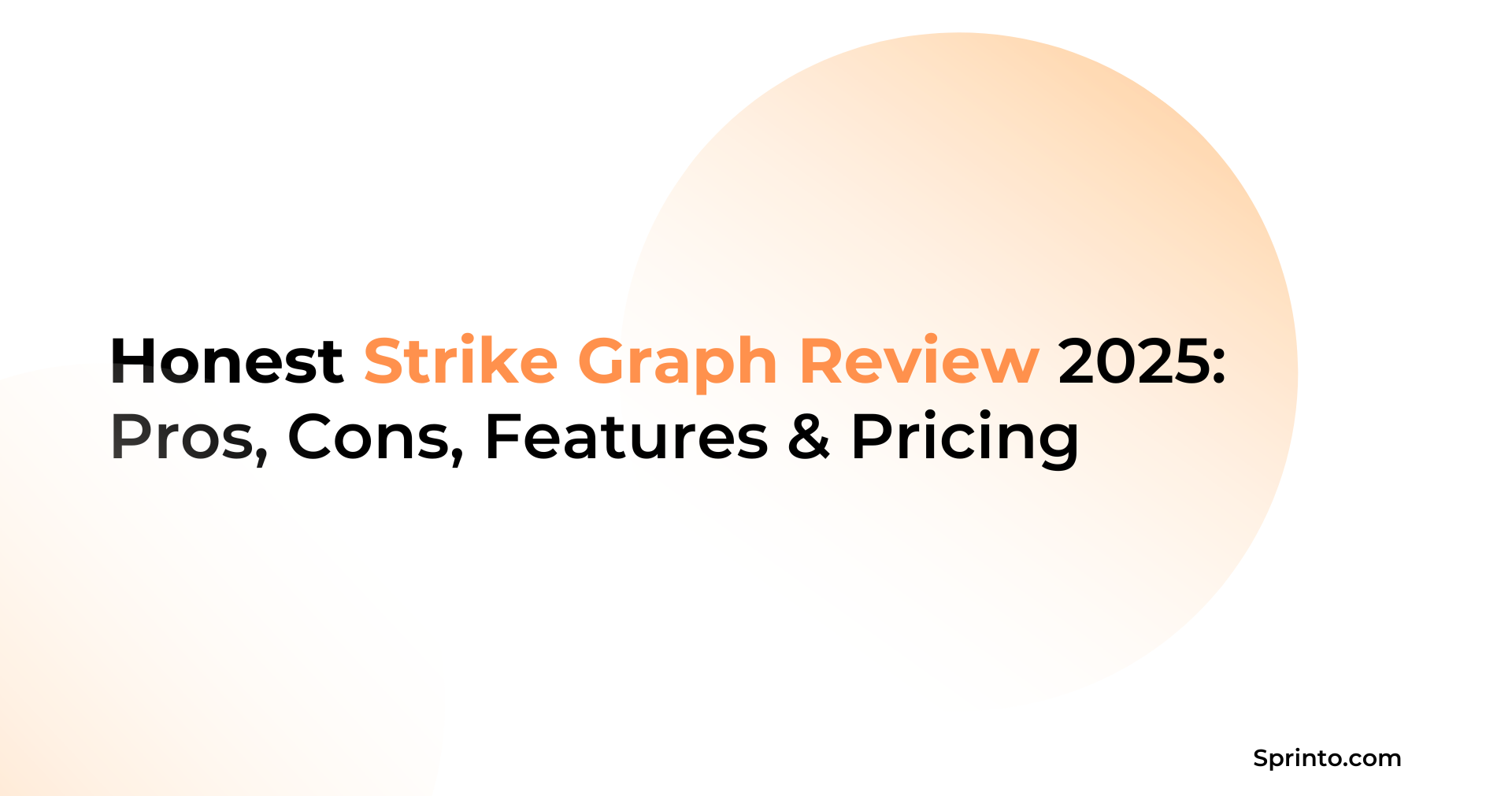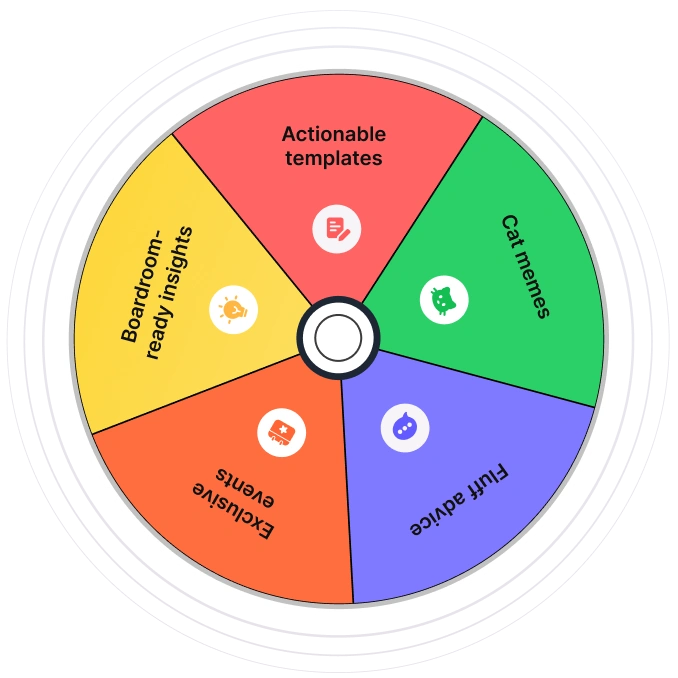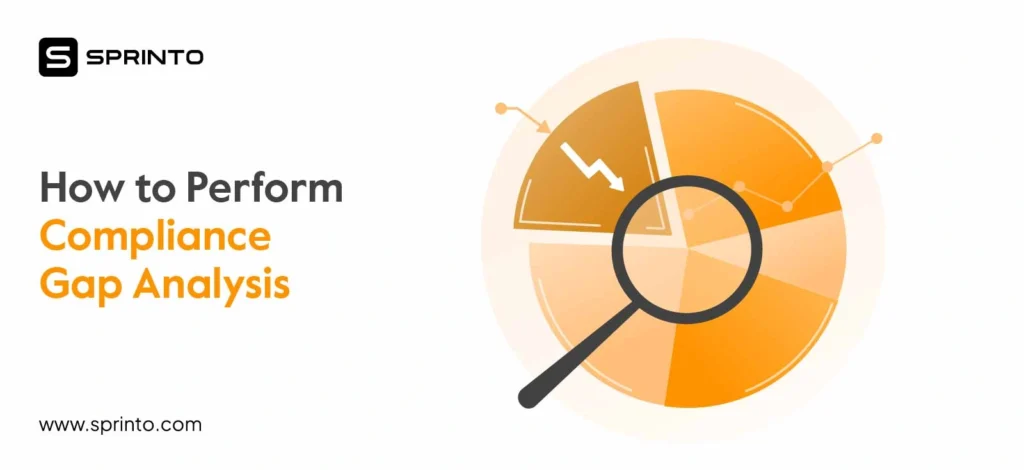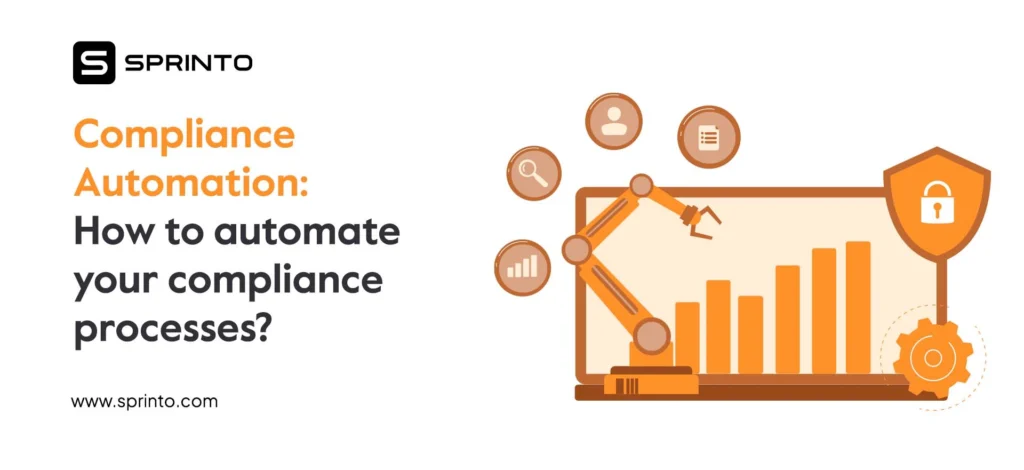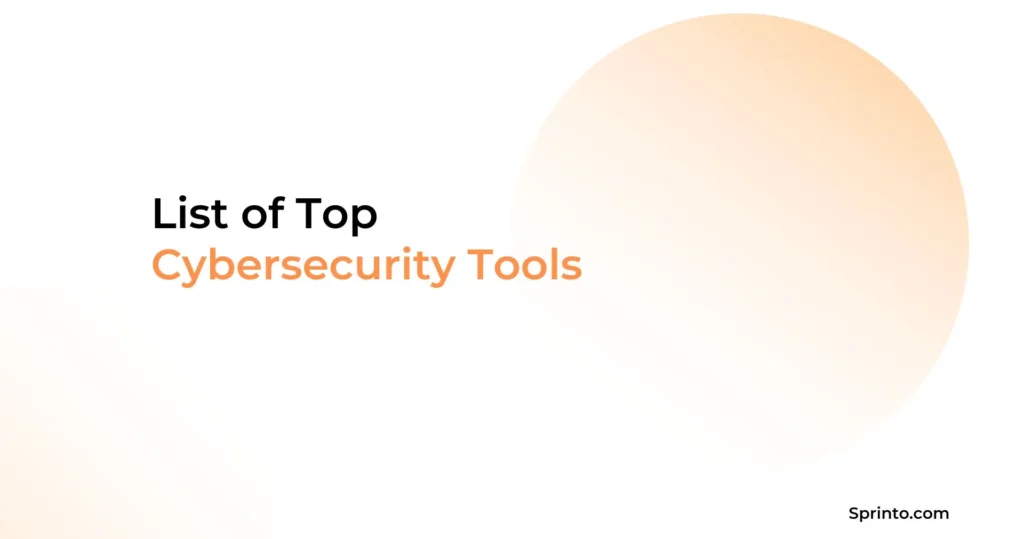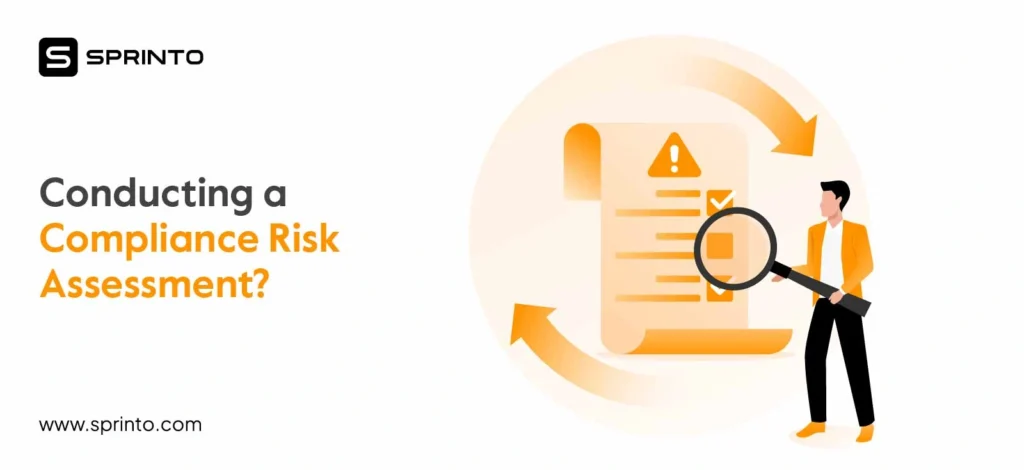Every compliance management platform today claims to cut audit pain. Strike Graph is one such compliance management platform. It positions itself as a modern fix with AI-driven workflows and certification support.
Strike Graph promises to help companies prove compliance and build trust. However, user reviews clearly highlight challenges with onboarding, automation, and integrations.
So here’s an in-depth Strike Graph review to help you decide if it fits your compliance needs.
TL;DR
- Strike Graph is an AI-powered compliance management platform that helps companies achieve certifications like SOC 2, ISO 27001, and HIPAA.
- Reviews highlight its intuitive workflows and customer support.
- However, gaps in evidence automation, integrations, analytics, and customizations prevent it from competing with other mature GRC platforms.
- Overall, it’s a capable platform for smaller teams, but may leave scaling companies wanting more.
Quick Stirke Graph overview
When researching platforms, compliance buyers often encounter Strike Graph as one of the options that stands out. Strike Graph is an AI-powered compliance management solution that lets you achieve and maintain compliance certifications like SOC 2, ISO 27001, and HIPAA.
The platform offers features like an AI security assistant, vulnerability scanning, dashboards, and reporting. It claims to cut manual work and help teams become audit-ready through automation, quick start integrations, and centralized task management.
However, customer feedback also points to gaps that temper this promise. Integrations are limited, and the onboarding process isn’t straightforward for less experienced teams.
Strike Graph scores 7.5 for its intuitive compliance management platform, expert support, and guidance. Reviews highlight its responsive support and efficiency-driving features, but also note gaps in integrations, reporting, and overall platform maturity.
To fully gauge how Strike Graph fares, here’s a simple breakdown of its features and pros and cons.
Key features
- Strike Graph offers multi-framework support across SOC 2, NIST, and HIPAA frameworks.
- It offers an AI search assistant to help you find information quickly on the platform.
- It helps you track your compliance posture and active risks through a real-time compliance dashboard.
- Users can customize controls to their use cases and use continuous control monitoring to bridge gaps in GRC efforts and risk management infrastructure.
- It collects and manages evidence with the help of automation to help you stay on course.
- Strike Graph helps you identify and mitigate risks with the help of streamlined security questionnaires and risk ratings.
Pros
- According to a few users, it offers an intuitive interface with clear workflows that make navigating the platform easy.
- Proactive guidance and support help most users attain compliance and perform audits effortlessly.
- AI security assistance makes navigating the platform and attaining compliance goals much easier and less time-consuming.
- Offers visibility into your compliance setup through comprehensive dashboards and reporting.
Cons
- Customization options feel limited compared to more mature GRC platforms like Sprinto.
- Advanced reporting and analytics are still a work in progress.
- The quality of audit experience can vary depending on the chosen partner, so upfront vetting is recommended.
- Control-compliance mapping requires improvement to track how controls align across multiple compliance frameworks.
- Evidence extraction isn’t fully automated, and teams often need to step in with manual effort.
- When using Strike Graph, new and inexperienced users tend to face steeper learning curves.
- Some users note integration issues, especially with Bitbucket and AWs, resulting in less seamless platform usability.
Verdict: 7.5/10
Strike Graph Pricing
Strike Graph follows a tiered, annual subscription model. It offers plans that scale with framework coverage, AI features, and enterprise capabilities. While there is an option for a free plan, it is restricted to limited features like SOC 2 security, TSC, SSP, and a trusted asset library.
Here’s a breakdown of Strike Graph’s pricing plan:
1. Launch (free)
Offers free entry-level options, including basic SOC 2 controls, templates, and System Security Plan (SSP)
2. Certify plan
This plan is ideal for smaller teams and costs $9000 a year. It covers one Tier 1 framework (SOC 2, HIPAA, ISO 27701, GDPR) and features such as unlimited risks, controls, evidence, audit advisor support, AI security assistant, and 50+ cloud integrations.
3. Scale plan
The Scale plan comes at twice the cost of the Certify plan. Starting at $18,000 a year, you can opt for a Tier 1 or Tier 2 framework (ISO 27001, PCI DSS, TISAX), Single-Sign On (SSO), Verify AI, and multi-domain users.
4. Enterprise plan
Starting at $27000 a year, the Enterprise plan is designed for larger enterprises with more complex security environments. In addition to all the features within the Scale plan, this plan also includes unlimited role management, priority upgrades, and Enterprise content management.
Strike Graph positions its pricing as scalable, but paid add-ons, extra framework fees, and separate audit costs make it less predictable. The costs can be steep, especially for mid-market and enterprise buyers working with multiple standards.
While reasonable, the real costs surface once you factor in add-ons, audits, and extra frameworks. This takes the cost of each plan to be higher than the base price.
Verdict: 6/10
Strike Graph usability and interface
Strike Graph is appreciated for its ease of use and intuitive compliance management. However, there are clear friction areas when it comes to control activation and evidence extraction.
Where it stands out:
- Clean workflows: Streamlined paths for audit and control tracking make it easier to use daily.
- Dashboard visibility: Dashboards provide quick insights into compliance progress, risk status, and ongoing tasks.
- Timely notifications: Keeps teams on track with automated reminders for expiring evidence and task deadlines.
Where it lags:
- Steeper onboarding for beginners: Less experienced teams find the learning curve too steep with Strike Graph.
- Weak multiframework mapping: It is difficult to track how controls map across multiple standards, making complex compliance harder to manage.
- Partial automation in evidence extraction: Evidence extraction isn’t fully automated, leaving users to handle manual tasks, which slows down compliance.
- Lack of guidance: Users struggle with limited guidance on mapping and submitting evidence, making it harder to align with control requirements.
The platform is intuitive and structured, making compliance tasks straightforward. Yet, onboarding can feel heavy for new teams, and documentation around controls could be more precise.
Verdict: 6.5/10
Zooming in on Strike Graph’s core functionalities
Strike Graph offers features across frameworks, evidence management, risk assessments, and audit readiness. Below is a breakdown of its core capabilities, what they deliver in practice, and where they fall short:
1. Multi-framework Compliance Management
Strike Graph supports SOC 2, HIPAA, GDPR, PCI DSS, and other certifications to help you prove compliance.
Broad coverage and helpful for fast-growing companies. But it’s not bundled, and scaling multiple standards isn’t cost-efficient.
Verdict: 7.5/10
2. Risk Management
Enables in-platform risk assessments with tailored risk registers and custom vendor scoring. However, the platform offers only foundational risk features and not in-depth, advanced analysis.
Strike Graph delivers useful core risk management features, though its more advanced capabilities seem to be still evolving, especially for enterprise use cases.
Verdict: 7/10
3. Evidence Collection & Automation
The platform centralizes evidence storage, provides expiration alerts, and offers partial automation for collection. However, users point out that automation isn’t complete, meaning manual steps remain for certain controls and integrations.
Reduces compliance busywork but doesn’t entirely eliminate manual effort, limiting time savings for bigger programs.
Verdict: 6.5/10
4. AI Security Assistant
Strike Graph includes an AI-driven assistant that pulls answers directly from company policies and documented controls. The usefulness, however, depends heavily on how sound policies are documented and maintained within the system.
Helps enable the team to speed up responses and empowerment, but adoption depends on data quality and team maturity.
Verdict: 7/10
5. Verify AI
Verify AI validates uploaded evidence in real-time, flags gaps, and provides immediate feedback on completeness. This ensures teams are continuously audit-ready and not scrambling before deadlines. Still, some users report that while helpful, the feature feels more reactive than predictive.
Useful between audits, but may not provide the advanced foresight that enterprises may expect.
Verdict: 6.5/10
6. Dashboards & Reporting
Strike Graph centralizes compliance insights with real-time dashboards, control monitoring views, and customizable executive reporting. It allows teams to track evidence, risks, and control effectiveness.
The dashboards give an in-depth and clear view of compliance progress. However, reviews suggest that visualization options could be stronger, particularly for enterprises that expect advanced analytics and tailored outputs.
Verdict: 7/10
7. Customization
Using this feature, organizations can tailor pre-mapped controls, create new ones, and manage risks in bulk. This flexibility helps teams align closely with their unique risk profiles.
Offers meaningful flexibility for mid-market teams, but customization can introduce complexity and setup overhead. But it is less customizable than most other GRC platforms.
Verdict: 7.5/10
8. Vulnerability Scanning
Strike Graph includes automated vulnerability scans to help you stay ahead of threats. This feature surfaces security gaps and assists with compliance. However, few users found that the vulnerability scan reports lacked executive-level insights. So, enterprise-grade reporting is missing within vulnerability scanning.
It works well as a baseline scanning tool, but when it comes to the reports, users expect to get more executive value with high-level insights that’d help inform major business decisions.
Verdict: 6.5/10
Strike Graph ratings on popular review sites
When weighing different platforms for your GRC requirements, getting a consolidated view of their performance across various review sites is best. Here’s what the users are saying about Strike Graph on other platforms:
1. G2 Rating: 4.7/5 based on 166 reviews
Users appreciate its intuitive interface, responsive customer support, and clear compliance framework workflows, making managing SOC 2, GDPR, and other certifications significantly easier.
That said, some reviews point to gaps in evidence automation, integrations, and reporting depth. Strike Graph comes with a learning curve for less experienced teams.
2. Capterra Rating: 4.7/5 based on 9 reviews
3. Software Finder Rating: 4.6/5 based on eight reviews
Users acknowledge Software Finder’s supportive customer service and ease of use. However, Strike Graph’s usability shows various areas for improvement. Some users believe collaboration with auditors requires external tools. There is room for improvement with respect to dashboard drill-downs. Many users report the need to manually re-upload updated documents for multiple evidence items.
4. Get App Rating: 4.7/5 based on 9 reviews
Overall sentiment
Strike Graph is mainly recognized for its support, ease of use, and clear workflows. What stands out is its ability to make compliance approachable without the need for heavy internal audit teams.
But beneath the surface, feedback suggests limits in automation and reporting sophistication, all the areas that matter as you scale. Based on the experience of a few users, newer teams may take some time to ramp up.
So, while Strike Graph is a good compliance platform, it still needs maturing in a few areas.
Sprinto: The best Strike Graph alternative
While Strike Graph introduces companies to automated compliance, Sprinto helps you go the full distance. If Strike Graph promises flexibility and reduced manual work, Sprinto delivers automation, continuous monitoring, and transparent pricing that mid-market and enterprise teams can fully trust.
Where Sprinto wins the battle:
- Faster compliance cycles: Get audit-ready in weeks, not months. Sprinto does the heavy lifting across 80% of your workflows.
- Breadth of frameworks: Sprinto supports 30+ frameworks out of the box with pre-mapped controls. It offers coverage from SOC 2 and GDPR to HIPAA, PCI DSS, and ISO 27001.
- Audit-readiness by design: Evidence, controls, and auditor collaboration live on a centralized platform. There’s no need for external workarounds.
- Stronger automation: Sprinto automates evidence collection, control mapping, and reporting. Overall, the need for manual intervention is much less than with Strike Graph.
- Always-on monitoring: Continuous control monitoring helps you flag risks as they occur, and not just during the audit prep.
- Risk and vendor workflows: Sprinto lets you monitor enterprise and third-party risks in one place, with pre-mapped frameworks.
- Seamless integrations: Connects seamlessly with cloud infrastructure, HRMS, productivity tools, and code repos.
- Transparent pricing: Sprinto keeps the overall cost predictable and all-inclusive. There are no hidden costs or add-ons for reports, integrations, or audits.
Sprinto is for teams that want compliance to move as fast as their business—it is automated, predictable, and ready in weeks. Read how Makeforms achieved compliance across 11 security frameworks at half the cost.
Srikar Sai
Srikar Sai turns cybersecurity chaos into clarity. As a Senior Content Marketer at Sprinto, he cuts through the jargon to help people grasp why security matters and how to act on it. He’s particularly drawn to the intersection of tech and business. Outside of work, he does what most people do: a mix of the mundane and the occasionally exciting. Some days it’s trekking or exploring someplace new; some days it’s catching up on his favorite shows, tinkering with something random, or getting lost in whatever piques his curiosity.
Explore more
research & insights curated to help you earn a seat at the table.


